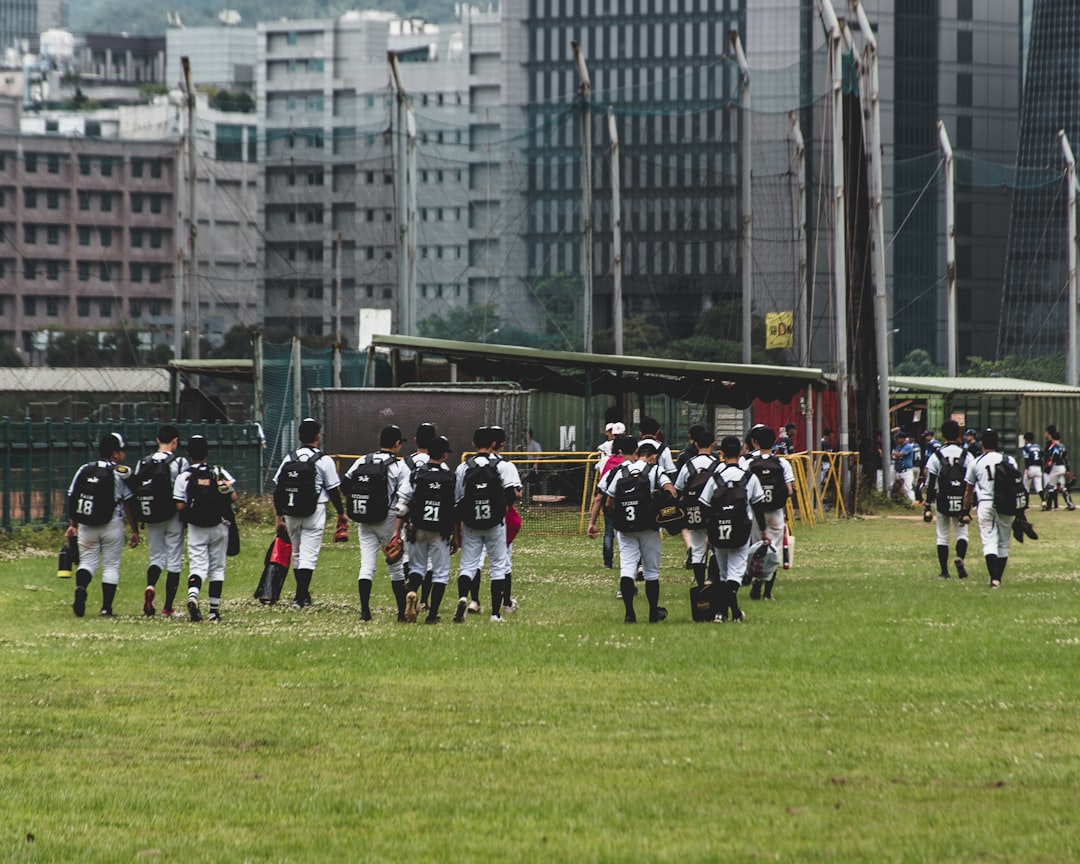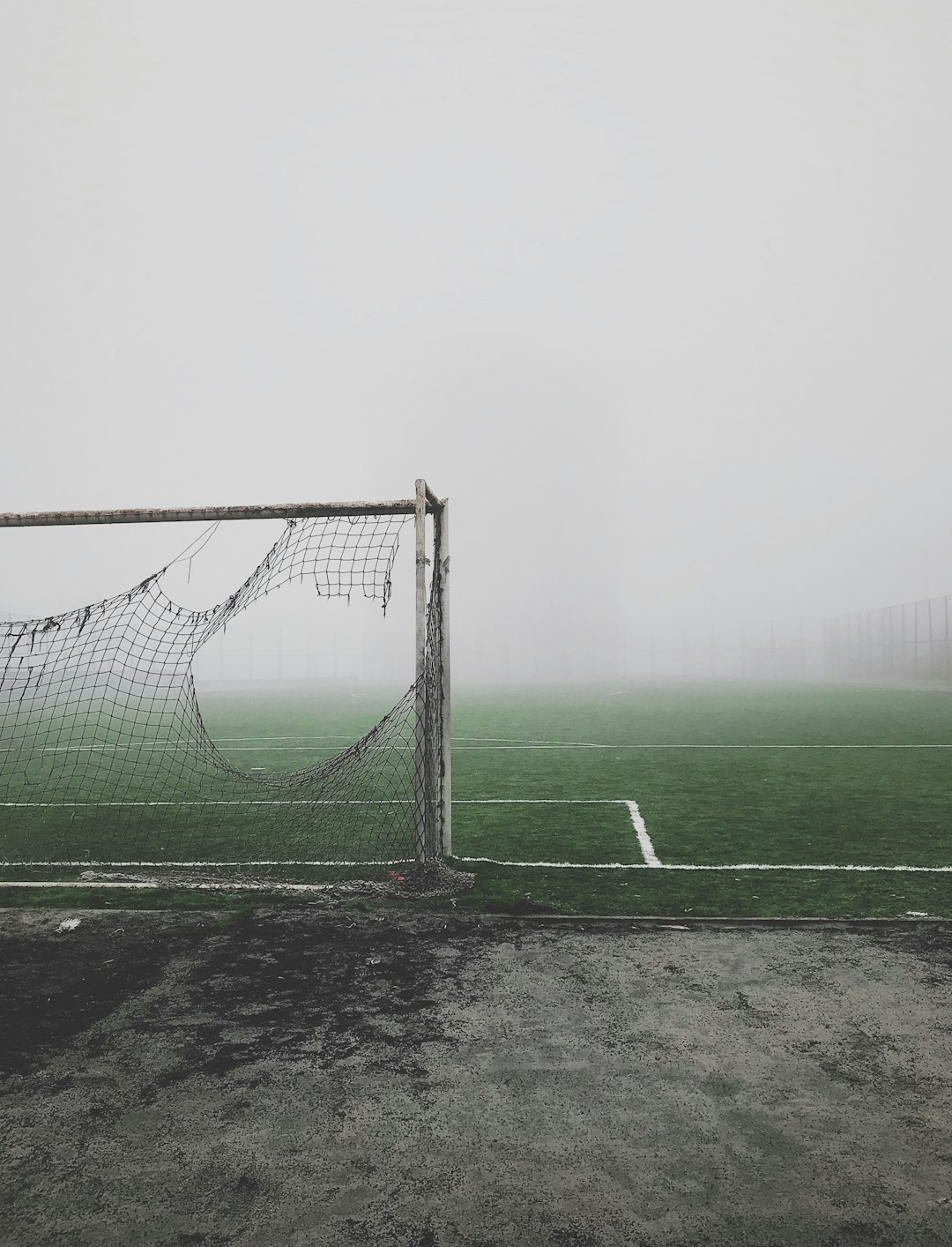In the game of football, the defensive back (DB) plays a crucial role in preventing the opposing team from completing passes and making big plays. Positioned primarily in the secondary, a defensive back is responsible for covering wide receivers, breaking up passes, and sometimes even tackling ball carriers to stop offensive advances.
Roles and Responsibilities of a Defensive Back
Defensive backs are key players in the defensive scheme, primarily focusing on pass coverage and run support. Their responsibilities can vary depending on the type of defensive formation and the specific assignment given by the coaching staff.
Coverage Duties
- Man-to-Man Coverage: In this defensive strategy, a DB is assigned to cover a specific receiver throughout the play, following them across the field.
- Zone Coverage: In zone defense, the defensive back is responsible for covering a specific area of the field rather than a particular player.
- Press Coverage: Some defensive backs specialize in press coverage, where they challenge receivers at the line of scrimmage to prevent an easy release.
Run Support
Although their primary role is to defend against the pass, defensive backs must also assist in stopping the run. This is especially important for safeties who may be positioned closer to the line of scrimmage to help contain running plays.

Types of Defensive Backs
There are several types of defensive backs, each with their own specific role within a defense.
Cornerbacks (CB)
Cornerbacks are typically the fastest players on defense, tasked with covering wide receivers. Their primary responsibility is to prevent completions, using speed, agility, and strong awareness to defend against passing plays.
Safeties (S)
Safeties play deeper in the secondary and are divided into:
- Free Safety (FS): The free safety is often the last line of defense and provides help over the top in pass coverage.
- Strong Safety (SS): The strong safety lines up closer to the line of scrimmage and often assists in run support, in addition to covering tight ends and receivers.
Nickelbacks and Dimebacks
In specialized defensive formations, additional defensive backs are introduced:
- Nickelback: A fifth defensive back used in formations designed to counter multiple wide receiver sets.
- Dimeback: A sixth defensive back used in specific passing situations.

Essential Skills for a Defensive Back
To be effective, defensive backs must possess certain key skills:
- Speed and Agility: Quick footwork and acceleration are essential for staying with receivers.
- Ball Awareness: The ability to track the ball and react swiftly to passes can make the difference between an interception and a reception.
- Tackling Ability: Defensive backs must be able to make solid tackles, especially when in run support.
- Hip Flexibility: Quick and smooth changes in direction help DBs stay with receivers effectively.
Famous Defensive Backs in Football History
Over the years, several defensive backs have made a lasting impact on the game:
- Deion Sanders: Known for his incredible speed and playmaking ability, Sanders is widely regarded as one of the best cornerbacks in NFL history.
- Ed Reed: A legendary free safety with elite ball-hawking skills, Reed was a major threat in pass coverage.
- Ronnie Lott: A hard-hitting safety who was equally adept at stopping the run and defending the pass.

FAQs About Defensive Backs
What is the primary job of a defensive back?
A defensive back’s primary role is to cover wide receivers and prevent completed passes, while also assisting in run support when necessary.
What is the difference between a cornerback and a safety?
Cornerbacks primarily cover wide receivers and defend against passes, while safeties play deeper in the defense and help in both coverage and tackling running backs or tight ends.
How do defensive backs train for speed?
Defensive backs train through a combination of sprint drills, agility exercises, and reaction-based drills to improve foot speed and quick directional changes.
What makes a great defensive back?
A great defensive back possesses speed, awareness, strong tackling skills, and the ability to read plays effectively. They must also have excellent ball-handling skills to create turnovers.
How does a defensive back prepare for a game?
Defensive backs prepare by studying film, identifying tendencies of opposing receivers, and practicing footwork, coverage techniques, and tackling drills.
